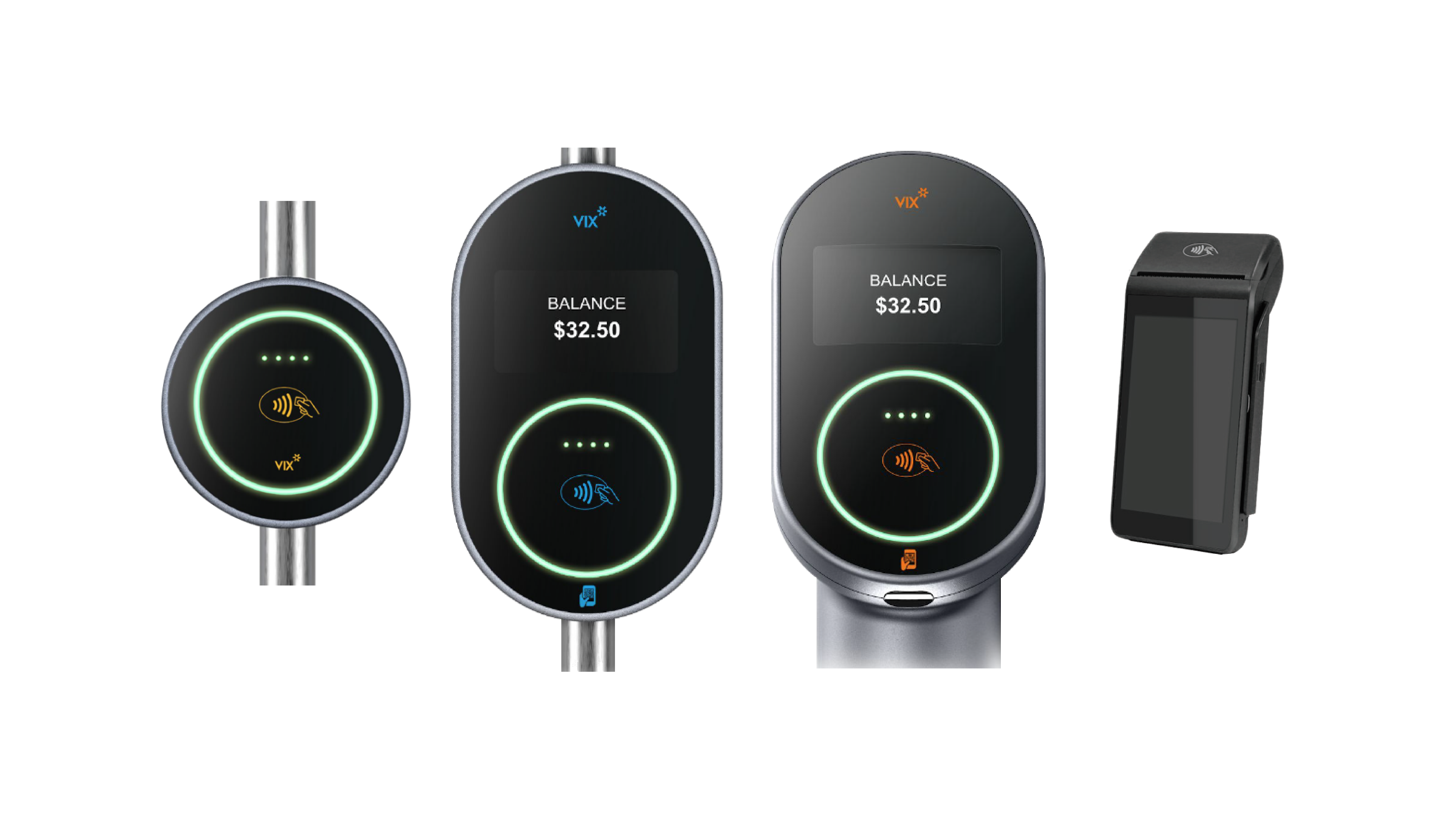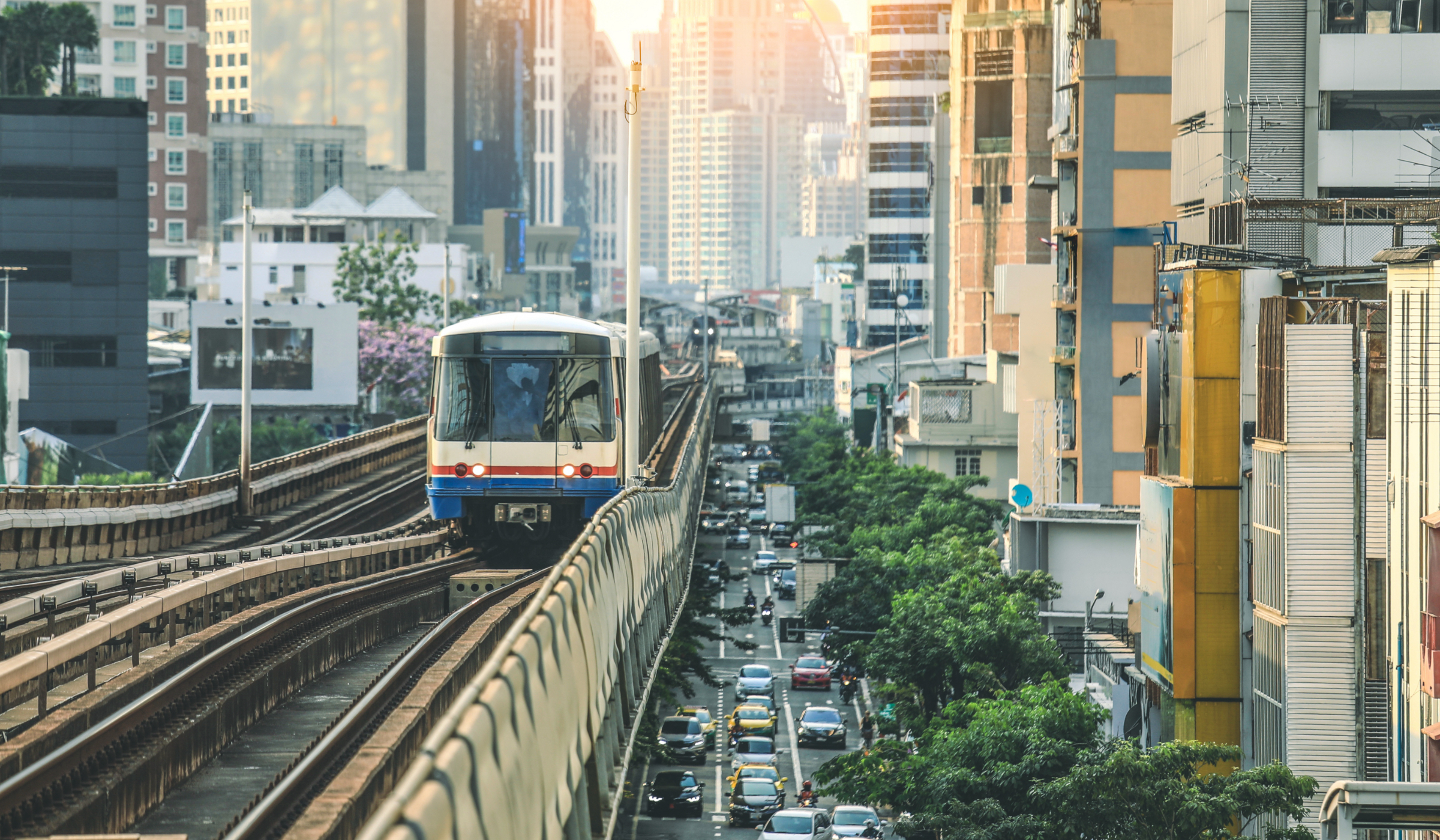Contactless payment
Consumers world over are demanding contactless payment in everyday transactions, including for transit fare on buses, trains, and paratransit. Many service providers may still have questions about what contactless payments are, how they work, and whether they’re secure. We’re here to help.

What is Contactless Payment?
Contactless payment refers to several methods of receiving and processing payments with technology that enables “tap” payments or mobile wallet payments using a mobile phone or bank card. These payment methods are considered contactless because they can process with just a few millimeters between the card and the processing unit.
The payer does not need to hand anything into the payee’s hands. The transaction is completed entirely on the payer’s side.
In transit, riders “tap in” to the system with their devices at the start of their trip. Some transit systems require riders to “tap out” at the end of their trip to calculate the overall fare for their journey, while others are tap in only.
How does contactless payment work?
Contactless payment technology works in two main ways. One is with the “chip” in a credit or debit card. The second way is with an app or “mobile wallet” built in to a smartphone.
With chipped cards, which now make up the majority of consumer’s credit and debit cards, we see the fusing of RFID (radio frequency identification) technology with NFC (near-field communication). These work together to allow users to “tap” their card—or hold it very closely—on the payment processor as their payment information is transmitted in a secure, wireless format.
Mobile wallets like ApplePay are also gaining tremendous traction among consumers thanks to the ease of storing credit or debit card information on their smartphone. ApplePay has also launched a built-in Transit Card to serve as a digital pass for transit systems across the world.


Are contactless payments secure?
Whether consumers use their chipped card or a mobile wallet, they can rest assured that their transaction is secure. The data is encrypted and a dynamic card verification system ensures one-time use codes. In fact, NFC technology is so secure that the United States Department of State uses it for ePassports. The three major credit card companies—Visa, American Express, and Mastercard—have all encouraged the shift to contactless payments as they actually reduce fraud and its associated costs, which can run into the billions each year.
What are the benefits of adopting contactless payments for transit?
Speed, safety, and convenience are the core benefits pushing contactless payments to the forefront of everyday transaction options.
Contactless payments drive performance on several key metrics important to any transit agency:
- Contactless payments are faster
The studies are in. Contactless payments are 50% faster than card-swiping or chip-reading, and a whopping 60% faster than paying in cash. This reduces dwelling time and helps keep routes more efficient. Saving just 18 seconds over traditional cash fares allows transit agencies to save a minute for every three passengers onboarded.
- Contactless payments are convenient
Contactless payments take advantage of the media already in people’s pockets—their bank card or smartphone—so riders don’t waste time obtaining a ticket or smartcard. They simply tap and go. Plus, the system ensures that riders always get the best value fare for their trip.
- Contactless payments are safe
Secure contactless payments reduce fraud, saving money from potential lost revenue. They also reduce contact between drivers and passengers, allowing the use of vinyl shields and other physical safety barriers.
In short, contactless payments positively impact the rider experience, improving overall passenger satisfaction.


How can Vix Technology help?
Vix Technology’s contactless payment solutions work seamlessly with these consumer-end payment technologies.
Vix devices are contactless-ready, while our software solutions provide a centrally managed system for all fares through Vix Pulse. For transit agencies ready to implement pay-as-you-go, we manage contactless payments with Vix Whisper.
We also know that while contactless payments are a great solution, they’re not the only solution. While most riders own a smartphone, not all of them are well-versed in using mobile wallets. Additionally, some riders face barriers to owning a credit or debit card. For any variety of reasons, transit agencies may choose to continue accepting traditional cash fares, and Vix Technology makes it easy to do so alongside these modern contactless payment methods.
RESOURCES



